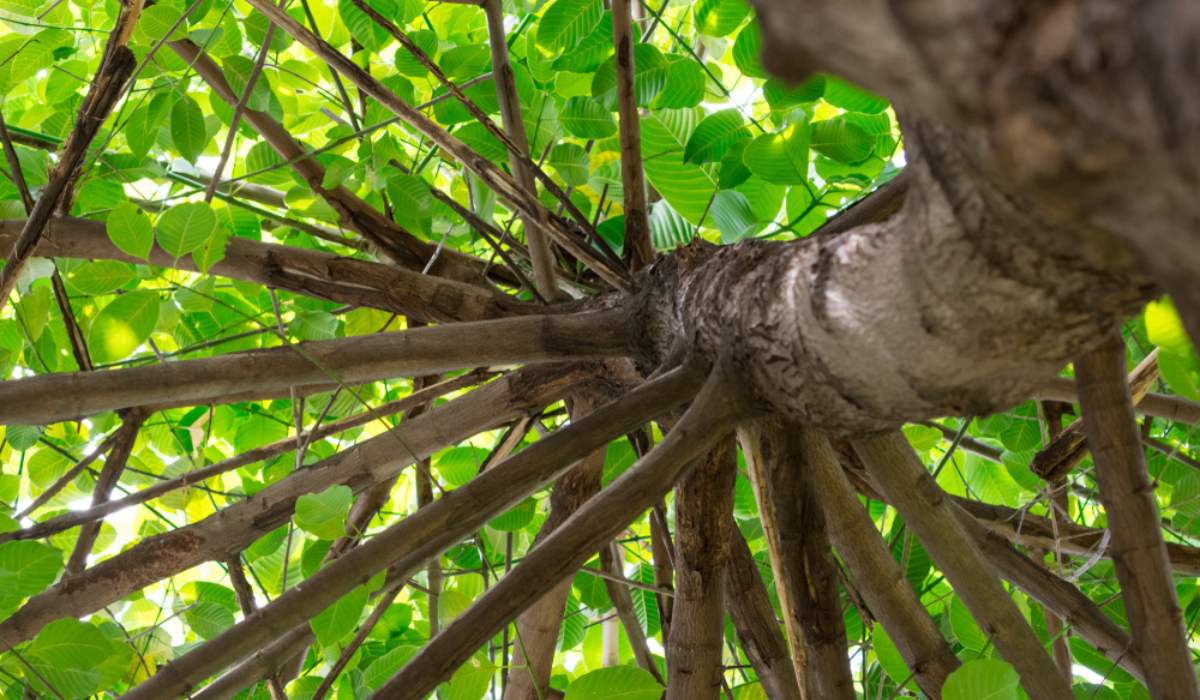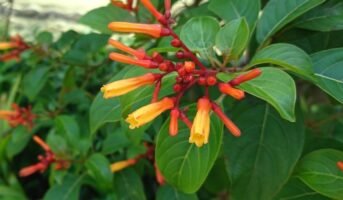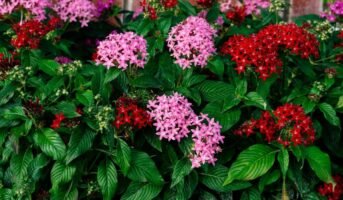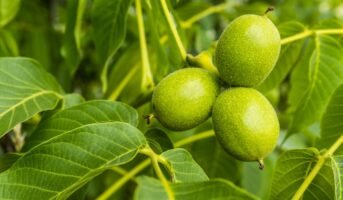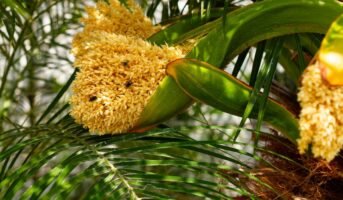The cinchona tree (Cinchona sp.) is a plant native to the tropical Andean regions of South America. It is most well-known for producing quinine, a compound effective in treating malaria. It is a tall, evergreen tree that can grow up to 30 metres in height and is grown in several countries, including India, Indonesia, and Ecuador. The bark of the Cinchona tree contains a variety of alkaloids, the most well-known of which is quinine. Quinine has been used for centuries as a remedy for malaria and is still used for this purpose today.
In addition to its medicinal properties, quinine is also used as a flavouring agent in tonic water and other beverages. The Cinchona tree is also an important source of other alkaloids, such as quinidine, which is used to treat heart rhythm disorders. The cinchona tree can grow up to 30 metres in height and is grown in several countries, including India, Indonesia, and Ecuador.
See also: Adansonia digitata: How to grow and care for African baobab?
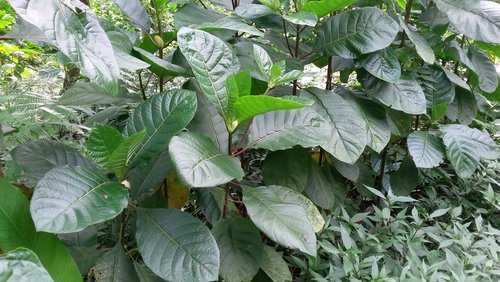
Source: Pinterest
see also about: rubber tree
Cinchona tree: Key facts
| Name | Cinchona |
| Common names | Quinine, Nilgiris (India), fever tree |
| Family | Rubiaceae |
| Origin | Andean regions of South America |
| Soil | Light, well-drained, virgin forest soil, |
| Temperature | 14 – 23°C, |
| Sunlight | Does well in partial shade or indirect sunlight |
| Flowers | Small and white or pink |
| Leaves | Oval-shaped, with a glossy dark green |
| Indoor/Outdoor | Outdoor |
Cinchona tree: Varieties and physical description
Cinchona is a genus of flowering plants in the family Rubiaceae. They are native to the tropical Andean regions of South America. The trees can grow up to 30 metres (98 feet) tall and have leaves of the cinchona tree that are evergreen and oval-shaped, with a glossy dark green colour on the top and a pale green colour on the bottom. It has a straight trunk and a rounded canopy, and its bark is smooth and greyish-brown.
The bark of the Cinchona tree is smooth and light grey. The flowers are small and white or pink, followed by small, round fruit. The tree is also known for its medicinal properties, as the bark of the tree contains quinine, which is used to treat malaria.
The Cinchona tree is native to South America, and several varieties exist. Some of the most common varieties include:
Cinchona officinalis

Source: Pinterest
This variety is native to the Andes Mountains in South America and is the most widely cultivated Cinchona tree. It is the source of most of the quinine and other alkaloids used medicinally.
Cinchona pubescens
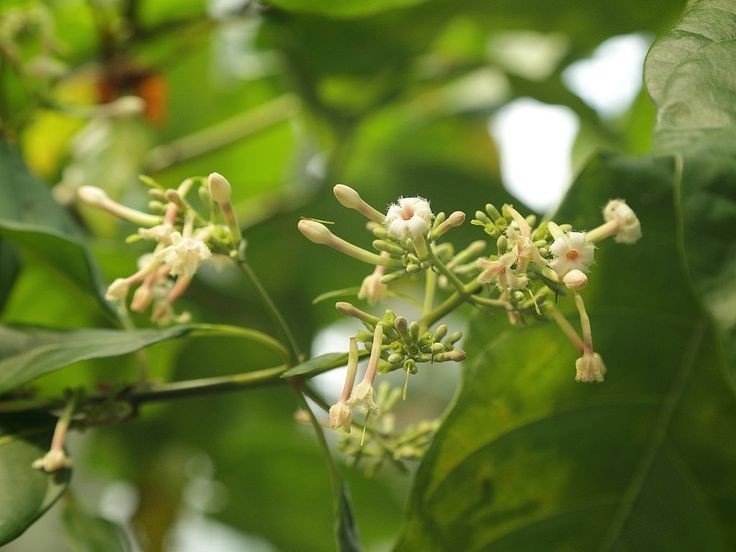
Source: Pinterest
This variety is native to the Amazon rainforest and is known for its high quinine content.
Cinchona calisaya
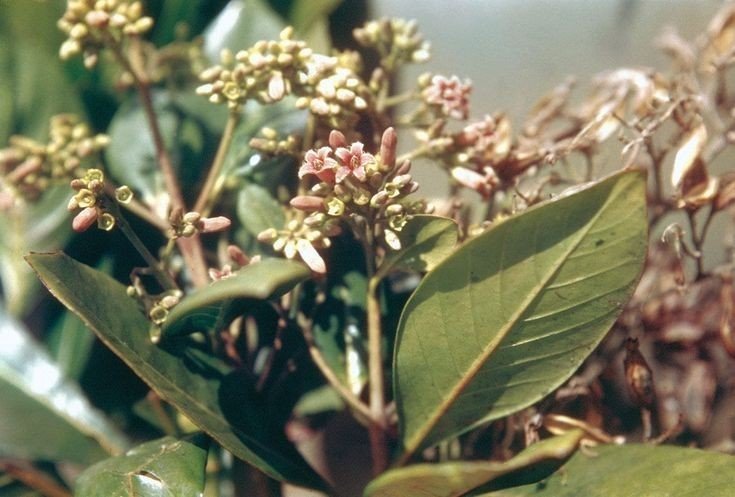
Source: Pinterest
This variety is native to the Andes Mountains in Peru and is one of the most commonly cultivated varieties of the Cinchona tree.
Cinchona ledgeriana
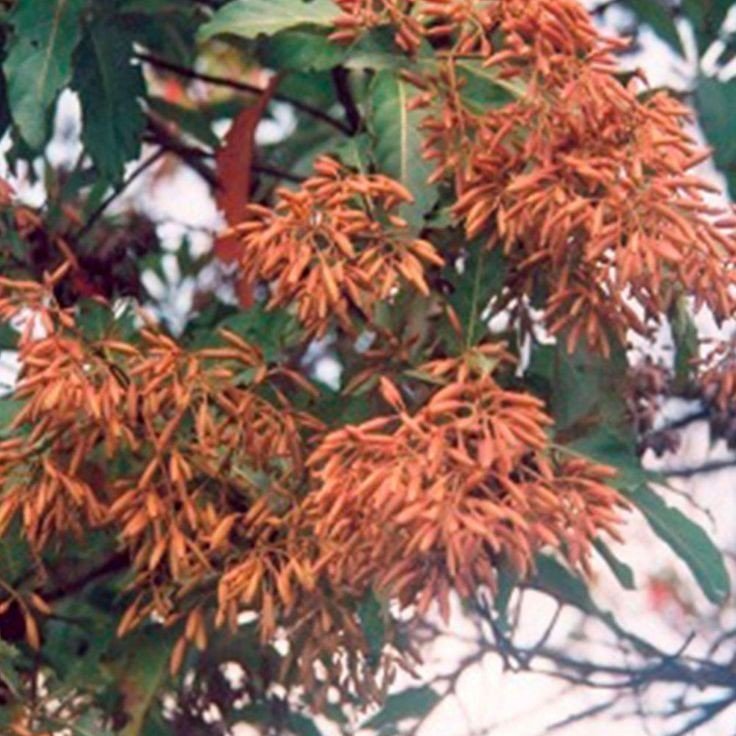
Source: Pinterest
This variety is native to the Andes Mountains in Peru and is known for its high quinine content.
Cinchona succirubra
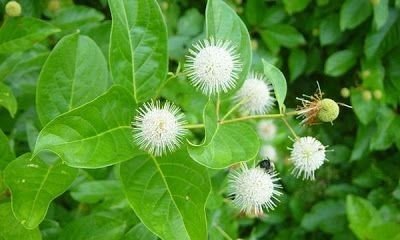
Source: Pinterest
This variety is native to the Andes Mountains in Peru and is known for its high quinine content.
Cinchona tree: How to grow the plant?
The Cinchona tree is native to the Andean regions of South America, specifically in Ecuador, Peru, and Bolivia. It grows best in humid, tropical climates with well-draining soil and plenty of sunlight. Here are some tips for growing Cinchona trees:
- Choose a suitable location: Cinchona trees prefer a warm, humid climate and well-draining soil (pH 6-6.5). They can tolerate partial shade but produce more bark if grown in full sun.
- Start with a young tree: Cinchona trees can be grown from seed, but it is easier to start with a young tree or a rooted cutting.
- Plant the tree: Dig a hole twice as wide and deep as the root ball. Place the tree in the hole and fill it with soil, firming it down gently. Water the tree well.
- Care for the tree: Keep the soil around the tree moist, but avoid over-watering. Fertilise the tree with a balanced fertiliser every few months. Prune the tree as needed to maintain its shape.
- Harvest the bark: The bark of the cinchona tree can be harvested every few years by removing a strip of bark from around the trunk of the tree. It will not kill the tree, as it will regenerate new bark.
Cinchona tree: Care tips
The cinchona tree is an evergreen tree that can grow to about 30 feet. Here are some care tips for the cinchona tree:
- Plant the Cinchona tree in a location with full sun and well-draining soil.
- Water the tree regularly, but be sure not to overwater it, as this can cause root rot.
- Fertilise the tree once a month with a balanced fertiliser, such as a 10-10-10 formula.
- Prune the tree to remove any dead or diseased branches.
- Protect the tree from frost, as it is sensitive to cold temperatures.
- Pest control may be necessary if the tree is affected by pests such as scale or aphids.
Overall, the cinchona tree is a relatively low-maintenance plant that can be grown in various climates. Proper care can provide an attractive and long-lasting addition to any garden.
Cinchona tree: Uses
The cinchona tree is known for producing quinine, a substance used to treat malaria. In addition to its medicinal properties, the cinchona tree has several other benefits:
- The bark of the cinchona tree is used to make tonic water, a popular mixer for cocktails.
- The wood of the cinchona tree is hard and durable and is used to make furniture and other items.
- The cinchona tree is an important source of food and shelter for many animals, including birds and mammals.
- The cinchona tree is also used in traditional medicine to treat various ailments, including fever, muscle pain, and digestive disorders.
- The tree is an important source of income for many communities in South America, as it is grown to produce quinine and other compounds used in the pharmaceutical industry.
- The tree is used to produce natural dyes, and the bark is used to make various products, including paper and rubber.
Cinchona tree: Toxicity
The cinchona tree’s bark contains quinine, a bitter compound that has been used for centuries to treat malaria. While quinine is generally safe when taken in the recommended doses, it can cause side effects such as nausea, vomiting, and ringing in the ears. In large doses, quinine can be toxic and cause serious side effects such as tremors, convulsions, and coma. If you think you have taken too much quinine, it is important to seek medical attention immediately.
see also about: nilgiri tree
FAQs
How do cinchona trees grow?
Cinchona trees are native to the Andes mountains in. South America, growing at altitudes of 1,000 to 3,000 metres. They prefer a humid, subtropical climate with plenty of rainfall and well-draining soil. Cinchona trees can reach up to 20 metres and have oblong leaves and white or pink flowers.
How is quinine produced from cinchona trees?
Quinine is produced from the bark of the cinchona tree. The bark is stripped from the tree and dried, after which it is ground into a fine powder. The powder is soaked in water to extract the quinine alkaloid, purified, and used to make various medications.
What are some other uses for cinchona trees?
In addition to being the source of quinine, cinchona trees have several other uses. The bark of cinchona trees has astringent and tonic properties and is sometimes used in traditional medicine to treat various ailments, including fever, diarrhoea, and dysentery. The wood of cinchona trees is also used to make furniture and other wooden products.
Are cinchona trees endangered?
Some species of cinchona trees are considered to be endangered due to habitat destruction and overharvesting. However, conservation efforts are underway to protect these trees and ensure their survival.
Housing News Desk is the news desk of leading online real estate portal, Housing.com. Housing News Desk focuses on a variety of topics such as real estate laws, taxes, current news, property trends, home loans, rentals, décor, green homes, home improvement, etc. The main objective of the news desk, is to cover the real estate sector from the perspective of providing information that is useful to the end-user.
Facebook: https://www.facebook.com/housing.com/
Twitter: https://twitter.com/Housing
Email: [email protected]
